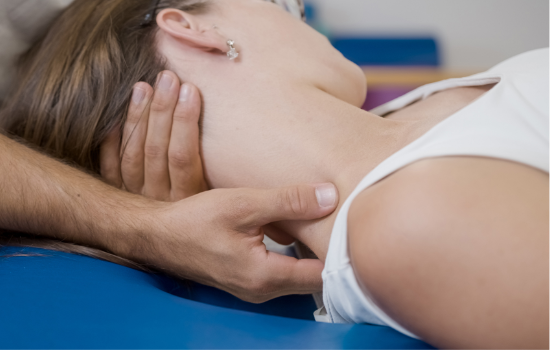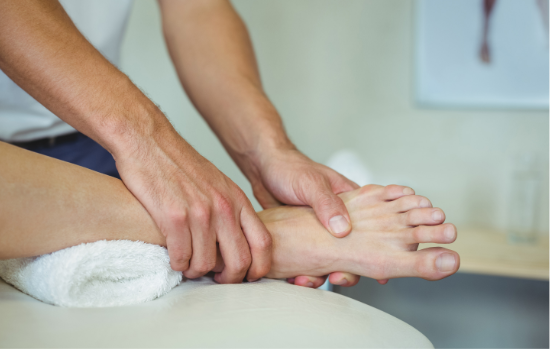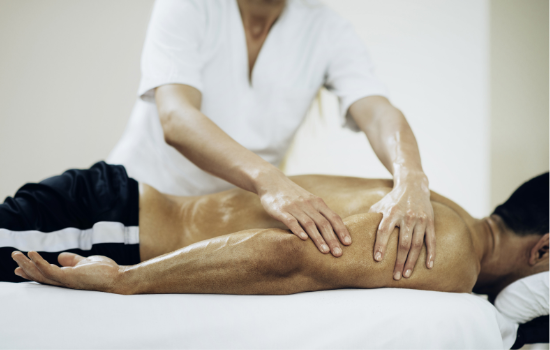

Osteopathy is a safe and effective form of manual medicine that is primarily concerned with the diagnosis and treatment of musculoskeletal conditions. Founded upon the ideology that all of the body’s systems are related, Osteopathy works by improving the relationship between the moving body, its organs and the nerve and blood supply to achieve better health.
Read More >
‘Workstation assessment’ is a broad term to describe a scientific discipline concerned with improving the health, safety, comfort and productivity of workers.
Read More >
Foot Health Practitioners are qualified to treat and manage all the common conditions which can affect your feet. They are trained to recognise foot conditions which may require more specialist care and will refer you on if needed.
Read More >
Sports massage therapy is the manipulation, management and rehabilitation of the soft tissues of the body. The soft tissues include the skin, muscles, tendons and ligaments. It aims to assist in correcting problems and imbalances in the soft tissues that are caused by everyday life and physical activity.
Read More >